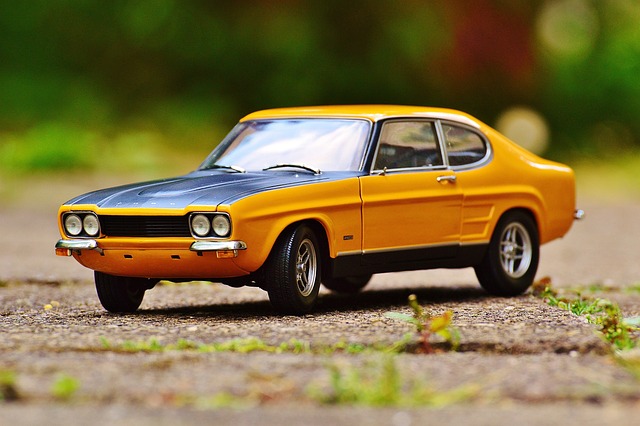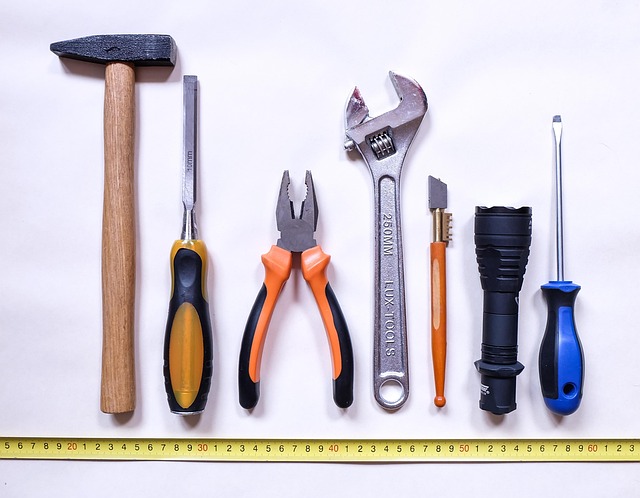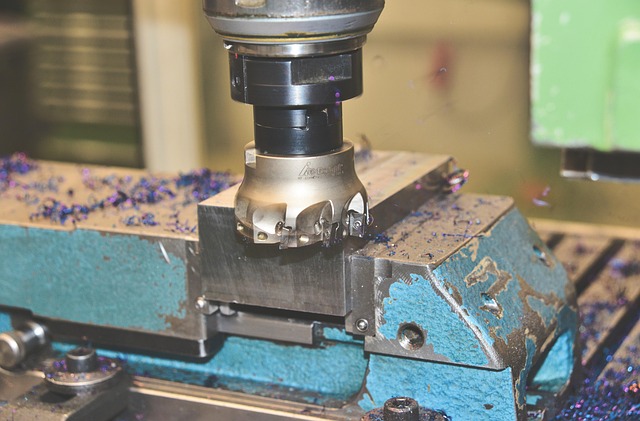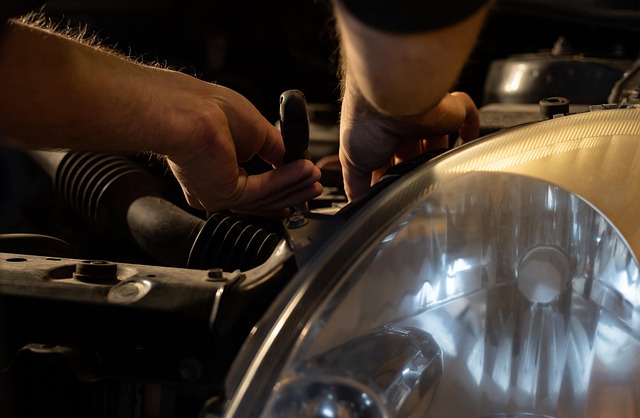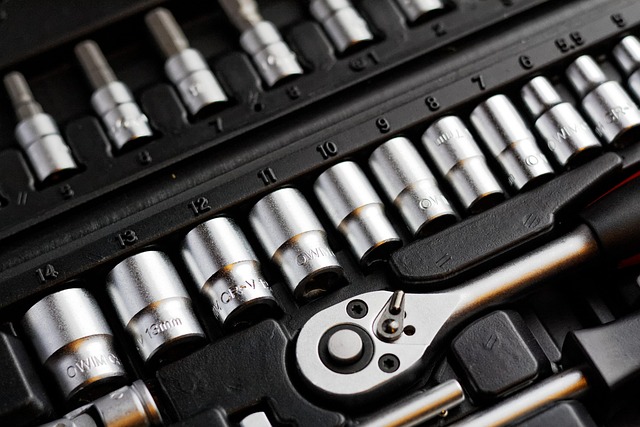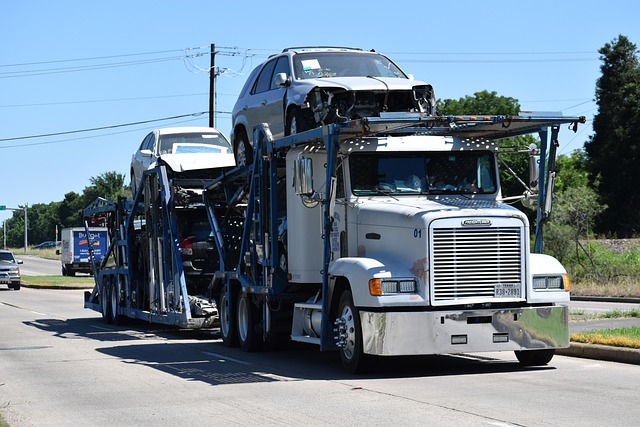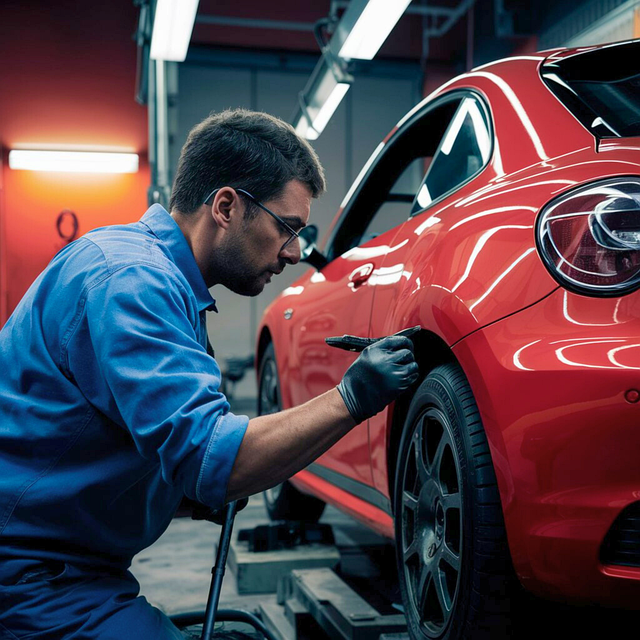3D vehicle scanning technology revolutionizes auto repair by providing a non-invasive method to accurately assess and repair damage, both visible and hidden. This advanced process generates precise 3D models of vehicles, enabling technicians to make informed decisions and achieve high-quality finishes. By streamlining workflows, reducing repair times, and minimizing rework, 3D scanning enhances efficiency and customer satisfaction in collision centers. Implementing this technology requires assessing existing processes, selecting the right scanner, setting up a dedicated workspace, and utilizing specialized software for damage analysis.
In today’s automotive industry, precision and efficiency in vehicle repairs are paramount. This is where 3D vehicle scanning technology emerges as a game-changer. By creating detailed digital models of vehicles, 3D scanning enhances repair quality by allowing technicians to precisely identify components, visualize damage, and access accurate replacement parts data. This article delves into the world of 3D vehicle scanning, exploring its benefits, implementation process, and how it’s revolutionizing the automotive repair landscape.
- Understanding 3D Vehicle Scanning Technology
- Benefits of Adopting 3D Scanning for Vehicle Repairs
- Implementing 3D Scanning: A Step-by-Step Guide
Understanding 3D Vehicle Scanning Technology
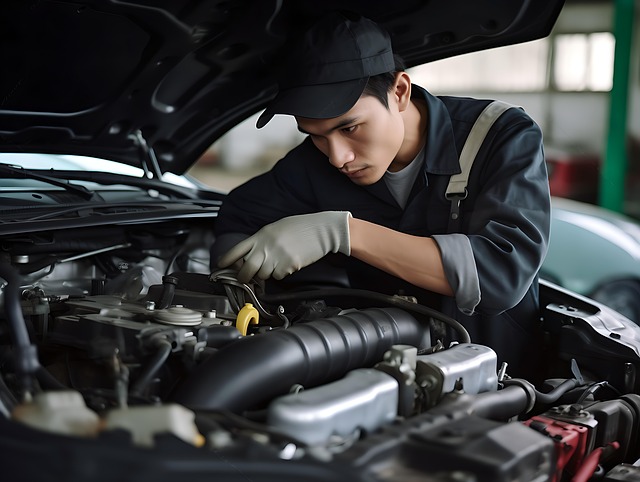
3D vehicle scanning technology has revolutionized the way auto repair shops and collision centers approach vehicle damage assessment and repair. This advanced process involves capturing detailed, three-dimensional images of a vehicle’s exterior and interior, creating an accurate digital model. By employing 3D scanning, auto collision centers can non-invasively inspect vehicles, revealing hidden or hard-to-reach damage that might be missed during manual examinations.
The technology offers numerous advantages. Firstly, it enhances repair quality by providing precise measurements and visual data, ensuring that every part of the vehicle is considered during the restoration process. This level of detail enables auto repair shop technicians to make informed decisions, use the right materials, and achieve a flawless finish. Moreover, 3D scanning expedites the repair process, as it streamlines the estimation and repair stages, leading to quicker turnaround times for customers at collision centers.
Benefits of Adopting 3D Scanning for Vehicle Repairs

Adopting 3D scanning technology for vehicle repairs offers numerous benefits that significantly enhance both quality and efficiency in auto body restoration. Unlike traditional methods relying on manual measurement and guesswork, 3D vehicle scanning provides precise digital models of damaged vehicles. These detailed models serve as accurate references for repair teams, ensuring consistent and high-quality workmanship throughout the collision repair center’s processes.
Furthermore, integrating 3D scanning into car repair services streamlines workflow by enabling faster and more accurate damage assessments. This technology captures intricate details that might be overlooked during manual inspections, allowing for better planning and resource allocation. As a result, 3D scanning reduces repair times, cuts costs associated with rework, and ultimately enhances customer satisfaction with superior auto body restoration outcomes.
Implementing 3D Scanning: A Step-by-Step Guide

Implementing 3D scanning technology is a game-changer for any collision center or collision repair facility. Here’s a step-by-step guide to help you navigate this process, ensuring accurate and efficient results:
1. Assess Your Needs: Begin by evaluating your current workflow and identifying pain points in the dent removal or collision repair process. Determine how 3D vehicle scanning can address these issues, whether it’s for precise measurements, damage documentation, or pre/post-repair comparisons.
2. Choose the Right Equipment: Select a high-quality 3D scanner suitable for your needs. Consider factors like scan speed, resolution, and the types of vehicles you’ll be scanning (e.g., cars, trucks). Popular options include laser scanners and structured light scanners, each with unique advantages.
3. Set Up Your Workspace: Create a dedicated space for 3D scanning, ensuring it’s well-lit and free from obstructions. Position the scanner strategically to capture the entire vehicle surface. Calibrate the equipment according to the manufacturer’s instructions to ensure accurate measurements.
4. Scan the Vehicle: Place the vehicle in the desired position and start the scanning process. Ensure a clear path around the car for optimal results. The scanner will capture millions of data points, creating a detailed 3D model.
5. Process and Analyze Data: Once scanning is complete, use specialized software to process the data. This step involves cleaning up any noise or artifacts and generating a precise digital representation of the vehicle’s surface. Compare scan data with before-and-after scans for accurate dent removal measurements or identify repair areas.
3D vehicle scanning is transforming automotive repair by offering unprecedented accuracy and efficiency. By capturing detailed digital twins of vehicles, this technology streamlines the repair process, reduces human error, and accelerates job completion times. As 3D scanning becomes more accessible, adopting this innovative approach can provide workshops with a competitive edge, ultimately leading to higher-quality repairs and improved customer satisfaction.

